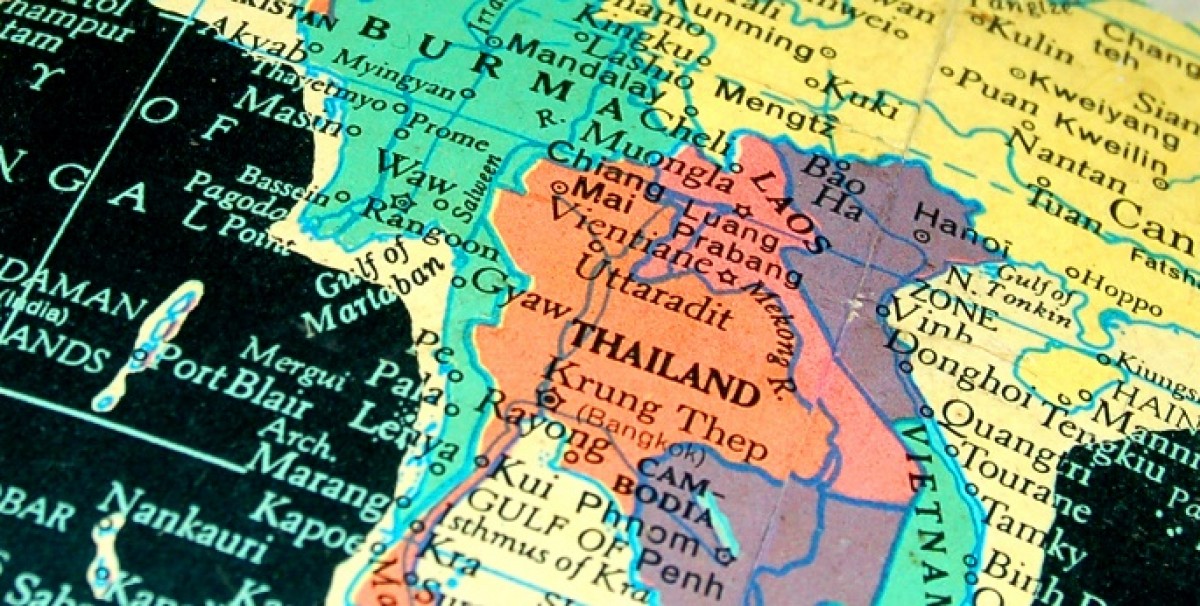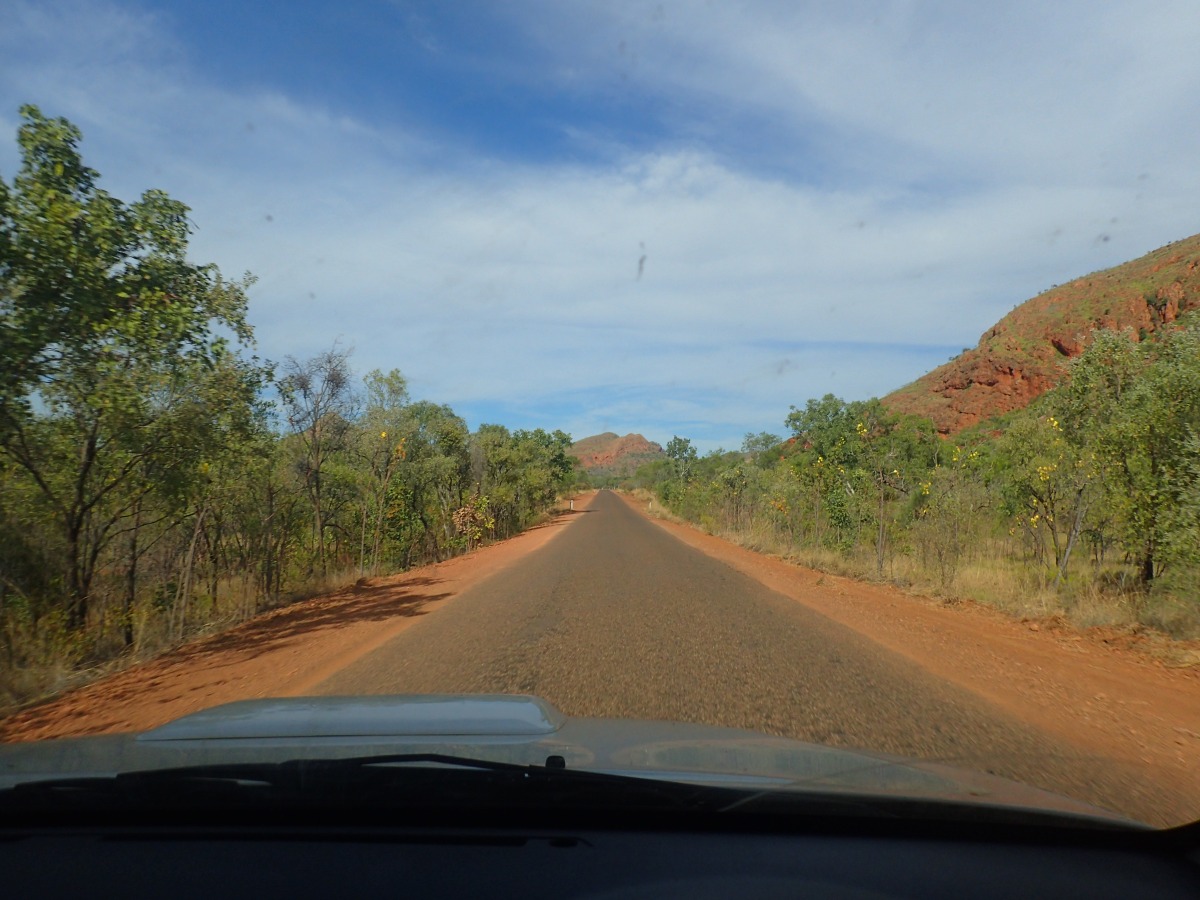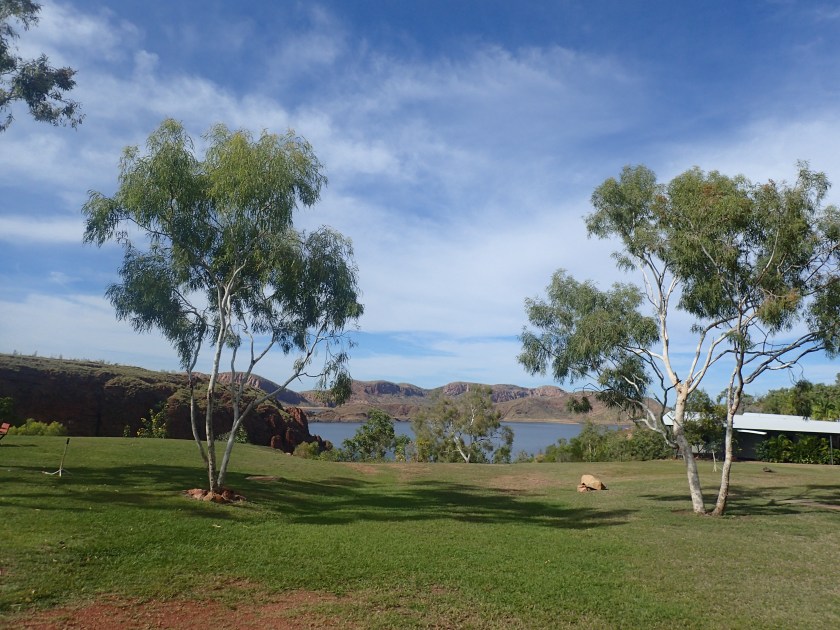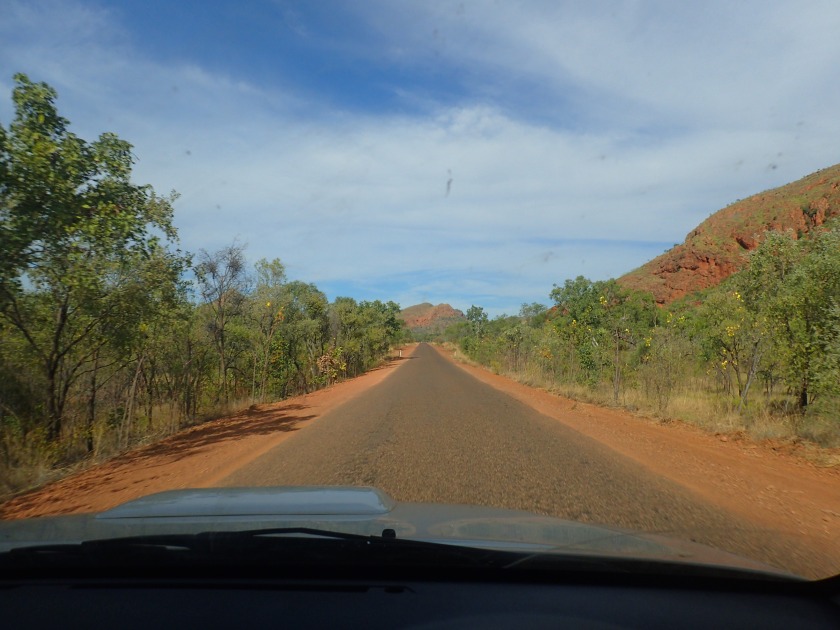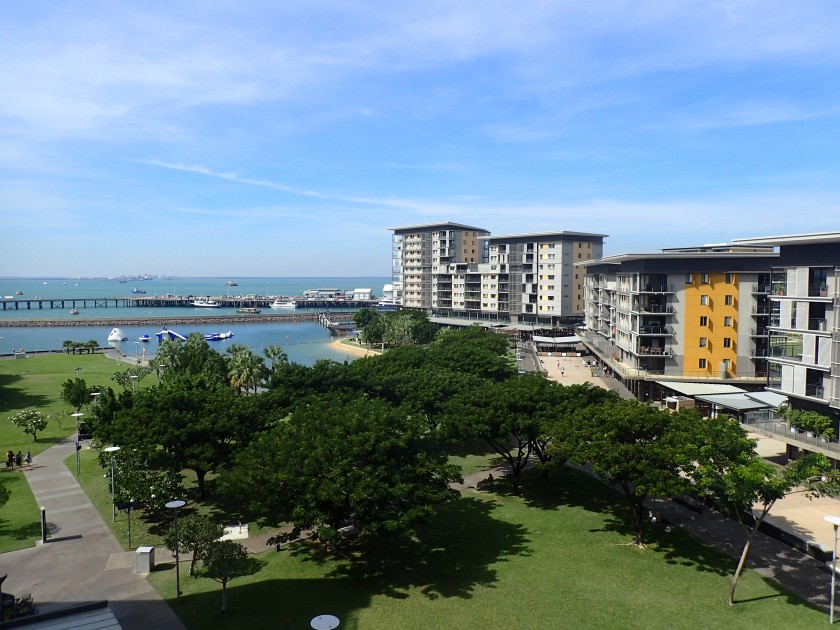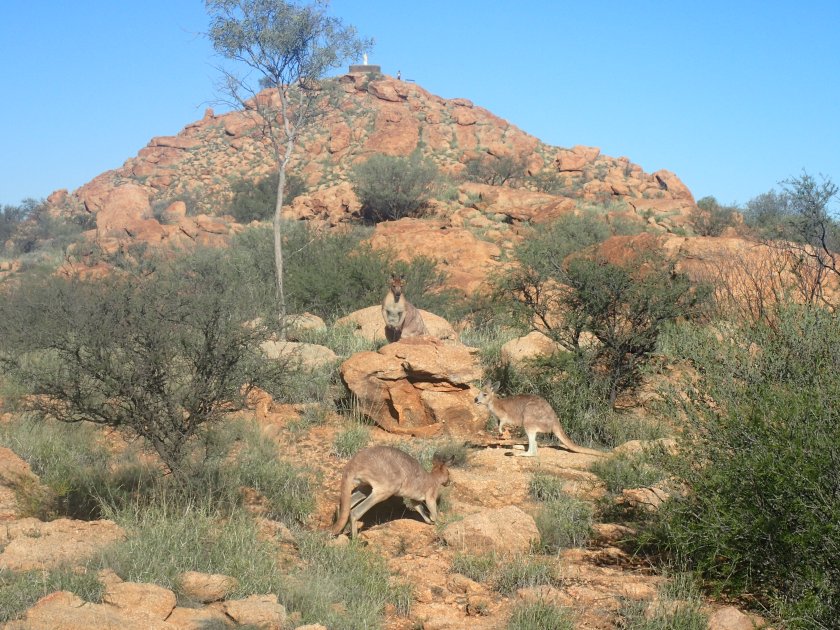Broome is a small town perched on the Dampier Peninsula in the far north of Western Australia, about as far away from the state capitals as it is possible to be. The town developed around the pearling trade, and because of this is one of oldest multicultural towns in Australia, as Japanese, Chinese and Malay divers came to work on the pearling ships from the mid 19th Century onwards. While pearl farms are still big business in the region, the town now lives on tourism, attracting a primarily domestic market for some Australian sun in the winter months.
The town centre is made up of two streets lined with cafés, high end gift shops, galleries and pearl shops. Also on the main street is the Sun Cinema, where I went one evening to see Finding Dory (to get me in the marine life mood for my next destination, the Ningaloo Reef). The oldest operating outdoor cinema in the world, it opened in 1916 and has rows of deckchairs facing the big screen, only slightly more comfortable than normal cinema seats. As the trailers started we realised that we were sitting right under the airport flightpath, and the thundering of aeroplanes passing over our heads every half an hour added a certain drama to the experience.
It is a sprawling, spread out kind of town which seems to expect everyone to have their own transport, and which makes it feel bigger than its 16,000 people. There are several attractions spread out along to beachfront (well, mudflats-front) side of the town, one of which is the Broome Museum. Located in the former Customs House and run by the local history society, it offers mini exhibitions on all kinds of things, from the Second World War to sailmaking and ropes, from the Australian equivalent of the Women’s Institute to an impressive but random collection of sea shells. The main event though is a display about Broome’s early pearl industry, which was really interesting although it made me feel a bit funny reading about early divers, knowing what I now do about underwater atmospheric pressure and decompression sickness.
While the beach on the town side of the peninsula is all mudflats and marshland, the western side has Cable Beach, a lovely stretch of white sandy beach famous for sunsets and camel rides. A fifteen minute bus ride from Broome proper, it’s a mini resort town, with its own hostel, bar, and a whole range of hotels, centred around the popular life-guard covered section of beach. From there I followed a walking trail that took me south through the bush parallel to the beach towards the outcrop of Gantheame Point. It wasn’t really walking weather – about 32 degrees – and as there weren’t many people around who thought that walking in the heat was a good idea, the trail was mostly deserted. It was nice, fairly sheltered walking, with lots of birds around. The bushes rustled ominously every so often, and in some spots the sandy path was covered in the unmistakeable curve of snake tracks, but I didn’t come across anything that looks like it wanted to kill me, much to my disappointment.

After a few kilometres I climbed a metal staircase up to the top of the sand dunes and dropped down onto the beach and walked along the shore. Only a short distance away from the busy swimming beach, this section of beach was almost completely empty, with a few sailing boats moored a little way out. It reminded me a little of the beach at Khok Kloi in Thailand, where I did my volunteer teaching a few months ago; quiet and serene, covered with little crabs, but with big sand dunes instead of fancy houses.
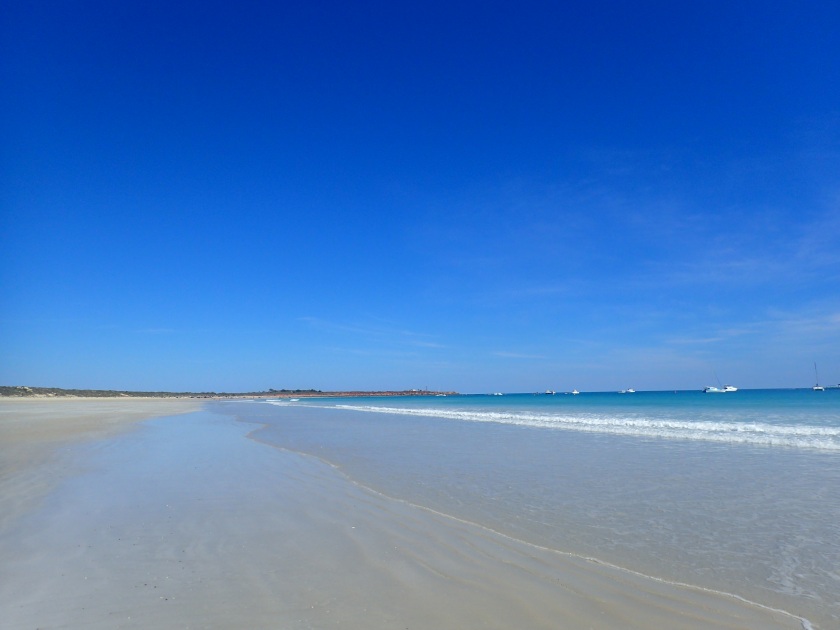

Coming closer to Gantheame Point the dunes turned to cliffs and I had a bit of an adventure clambering over orange rocks trying to get up to the road, and reached the carpark and information board covered in sweat and dust. Gantheame Point is home to a lighthouse and a biological research centre, as well as some fossilised dinosaur footprints. Unfortunately they can only be seen every few weeks when low tide is particularly low, so I wasn’t able to see them, but I had a nice time walking around looking at the piles of bright orange rock on the headland, all flat and flakey-looking like slate.

Heading back to Cable Beach, I took my shoes off and walked along the edge of the water, dodging all the washed up jellyfish half buried in the sand like gigantic globs of pinky phlegm. Arriving at the kiosk near the swimming beach, exhausted and dehydrated, I treated myself to an ice cream, a cold drink and a well earned rest.

The main event on Cable Beach though is the sunset, marketed as the best in Australia. The day before my walk, I had spent the afternoon relaxing on the beach and stayed to see whether the sunset would compare with the many, many sunsets I’ve seen on my travels. I got a nice quiet spot on some rocks a little way away from the main beach, which turned out to be right next to the 4X4 track onto the beach. I haven’t seen it anywhere else, but in Australia it’s apparently a very popular thing to drive right onto the beach to enjoy the sea and sand without getting wet or sandy and especially, as it turns out, to watch the sunset. Cars and motorbikes turned up in droves coming onto the beach next to where I was sitting and driving around the headland to the special beach just for cars. The sunset itself was ok, even if I was sitting on Broome’s own Piccadilly Circus, although I found myself spending more time looking at the couple a little way in front of me, posing for artsy-wistful photos of each other gazing towards the sunset. As soon as the sun disappeared the cars started driving past me again in the opposite direction, but soon after that, dozens of camels came across the sand being led towards their farm, fresh from the sunset camel rides that Cable Beach is known for.

I had been half intending to stay in Broome for a while and find some work, but after a few days’ relaxation I decided to move on. I was still in holiday mode and couldn’t quite summon the motivation to look for a job, and as nice as Broome is for a few days of sunshine, I didn’t love it enough to stay for much longer. And besides, I’d seen lots of adverts for diving and snorkelling further along the coast, which had left me impatient to get there as soon as possible. So after four days in Broome, I got the overnight bus to Exmouth, WA.
